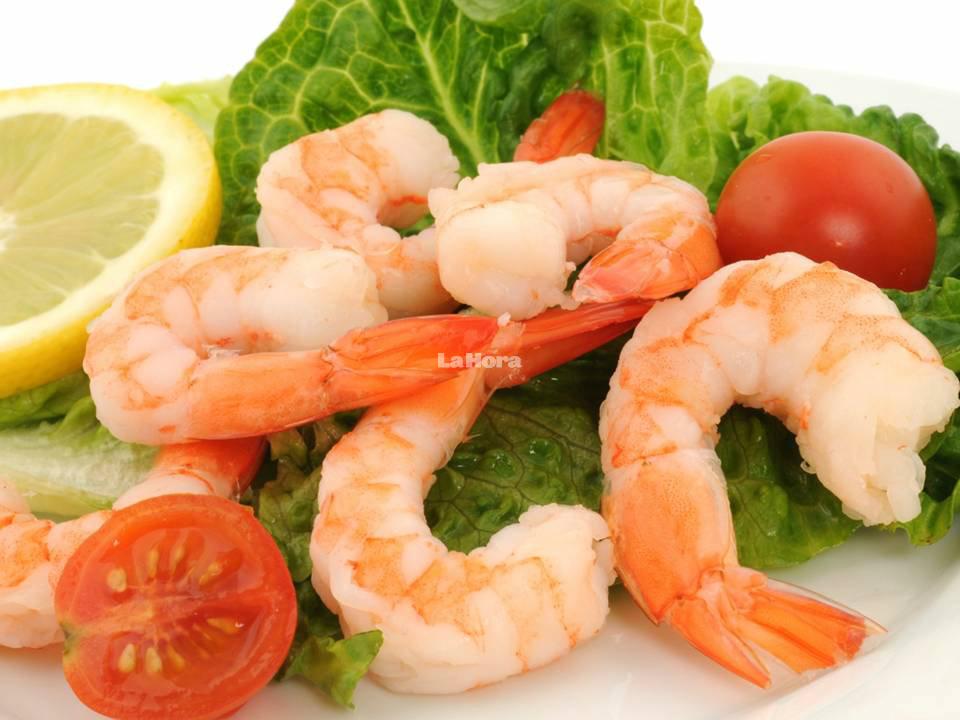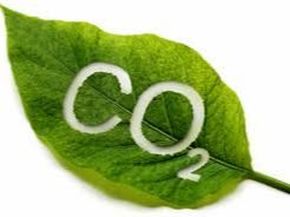HEAVY METALS AND PERSISTENT ORGANIC POLLUTANTS (POPs) IN MANGROVES SEDIMENTS - A GLOBAL DATABASE
Susan Barton1, Laura Hake1, Serena Moseman-Valtierra2, Acacia Alcívar-Warren1,3-4*
1Biology Department, Boston College, Chestnut Hill, MA 02467 USA; 2University of Rhode Island (URI), Kingston, RI;3Fundación para la Conservación de Biodiversidad Acuática y Terrestre (FUCOBI), Guayaquil, Ecuador; 4Environmental Genomics, Inc., Southborough, MA 01772 USA; E-mail: [email protected]
1Biology Department, Boston College, Chestnut Hill, MA 02467 USA; 2University of Rhode Island (URI), Kingston, RI;3Fundación para la Conservación de Biodiversidad Acuática y Terrestre (FUCOBI), Guayaquil, Ecuador; 4Environmental Genomics, Inc., Southborough, MA 01772 USA; E-mail: [email protected]
Mangrove plants prove to be of economical and ecological importance for they serve as nurseries and habitats to many juvenile fish, mollusks, and crustaceans, including the seafood most consumed by people around the world, shrimp. Their presence directly influences the livelihood of the local communities for they can adapt to different degrees of salinity and mitigate natural disasters including storms, typhoons, and tsunamis. Mangroves also have a staggering ability to sequester carbon from the atmosphere, and serve as both a source and repository for nutrients and sediments for other inshore marine habitats, such as sea grass beds and coral reefs. Healthy mangroves act as key transitional zones between the land and sea, by absorbing nutrients such as nitrogen and phosphorus. Mangrove trees trap sediments and assimilate nutrients (as well as associated sediment-contaminants such as heavy metals) via extensive root systems. The same mangrove roots that harbor juvenile shrimp and fish, also support diverse species of epiphytes including sponges, fungi, and bacteria that perform biogeochemical transformations of nutrients. Bacteria in coastal wetlands perform denitrification, the conversion of nitrate into N2, which removes nutrients from water and sediment. However, excessive nutrient loading to coasts, frequently terminates in production of nitrous oxide (N2O), a potent greenhouse gas and agent of ozone depletion. When nutrient inputs exceed the demands or capacity for removal, coastal systems become eutrophic, leading to algal blooms and oxygen consumption that can cause mortality of fish and other animals in dead zones. Excessive nutrient loading thus leads to losses of biodiversity in mangroves and decreases belowground biomass that is critical for drought tolerance and changes in salinity. In Ecuador, major sources of nutrients to mangrove ecosystems may include aquaculture effluent, which may stimulate both methane and N2O emissions from the ecosystems. Although no studies are known to have characterized nutrient levels or greenhouse gases in the mangroves of Ecuador, they are likely to be significant, and merits research. Heavy metal concentrations (Cd, Cr) have also been linked to enhanced N2O emissions in intertidal and muddy sediments, likely due to inhibition of steps in the denitrification pathway. In salt marshes, denitrification potential has been negatively correlated with heavy metal levels (Pb, Al, Ni), and denitrification has been coupled to biodegradation of PAH in enrichment experiments and thus PAH contamination may stimulate N2O fluxes in degraded mangroves. These connections between contaminants, mangrove biodiversity, and ecosystem health are important to understand in order to maintain the value of coastal resources in Ecuador and other countries. Limited information is available on the health status of mangrove forests worldwide. A comprehensive literature review of the levels of different contaminants and nutrients in mangroves around the world, including: heavy metals, POPs, PAHs, nitrates, nitrites, and phosphates was performed and the effects of said contaminants on mangrove trees and the organisms supported by mangrove ecosystems recorded. Of the papers on mangroves obtained from the PubMed and Web of Science databases, 121 are on heavy metals, 12 on PCBs, 63 on PAHs, 53 on deforestation. Preliminary results on these contaminants will be presented.
Fuente: https://www.was.org/WASMeetings/Meetings/ShowAbstract.aspx?Id=25804
Fuente: https://www.was.org/WASMeetings/Meetings/ShowAbstract.aspx?Id=25804





